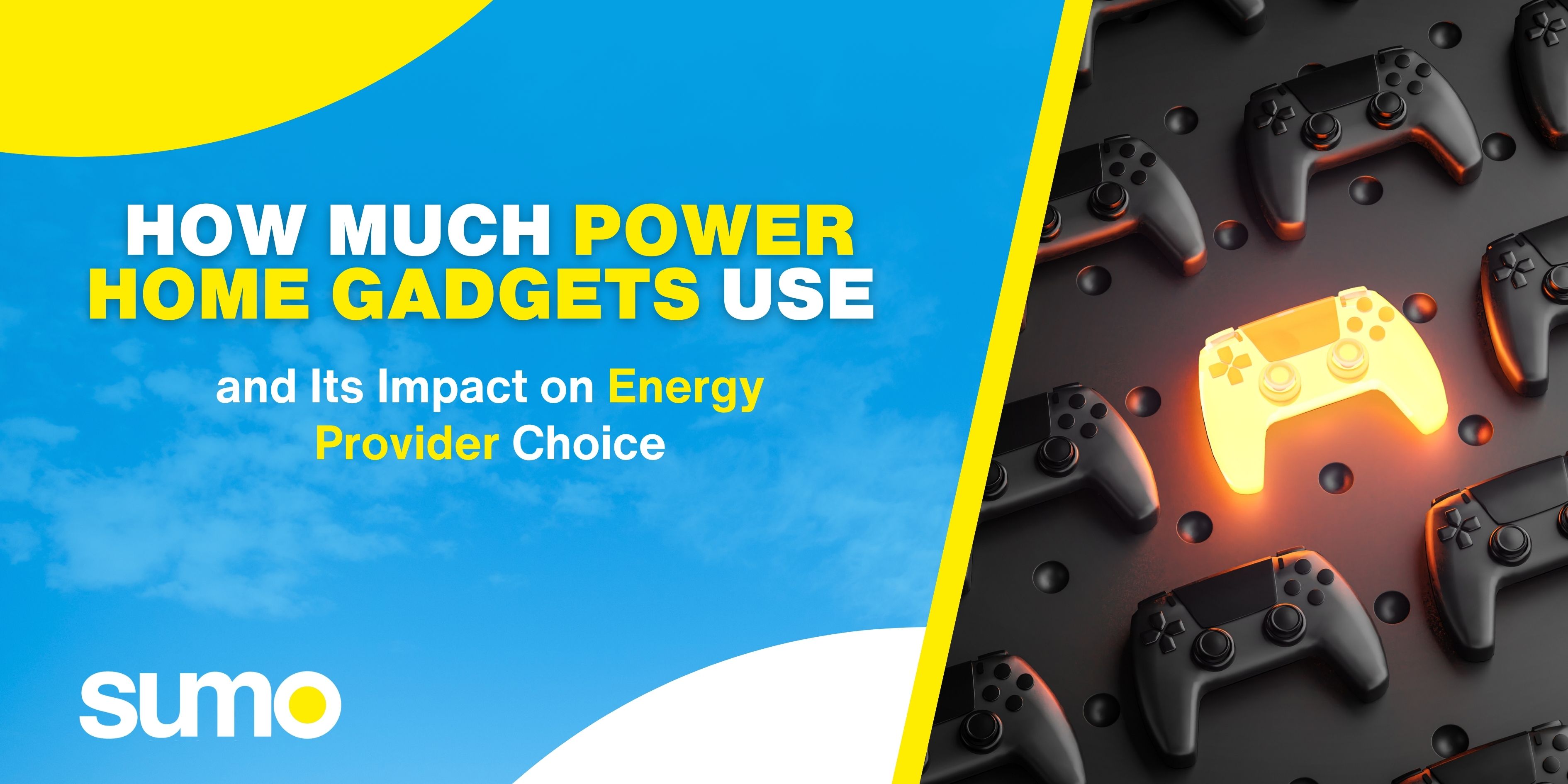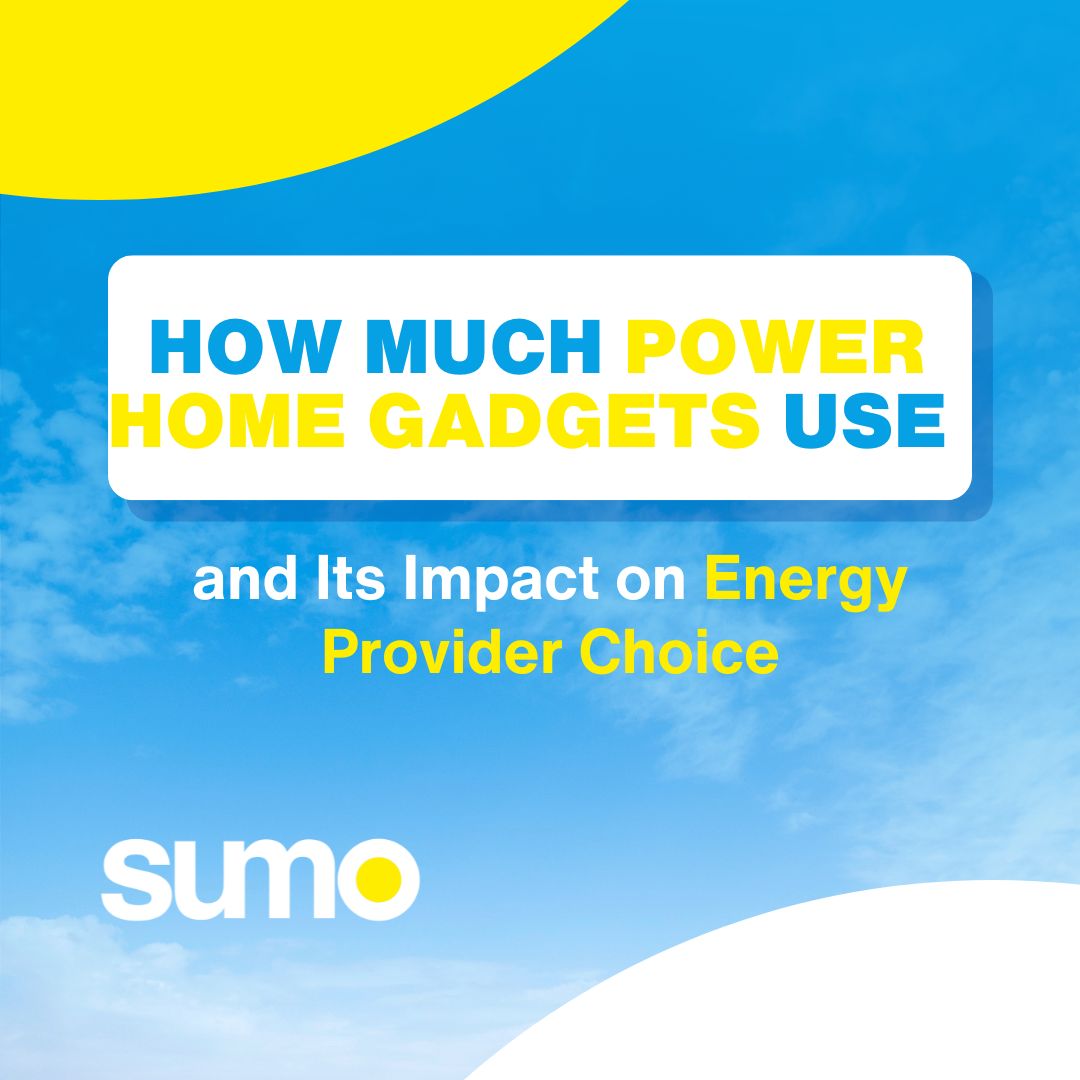Have you ever wondered how much power your home gadgets are using—and how it might be hitting your energy bills? From cranking up the aircon during a heatwave to binge-watching your favourite shows, the devices we rely on daily can add up to considerable electricity costs. In Australia, where energy prices vary widely between energy providers, understanding your power usage is the key to making smarter choices and saving electricity.
In this post, we’ll break down the real costs of running your favourite gadgets, share simple tips to save electricity and explore how choosing the right energy provider can help you optimise your household’s power usage. Whether you’re trying to cut down on bills or want to be more energy-savvy, we’ve got you covered!

The Energy Vampires in Your Home
If you’ve ever heard the term “energy vampires,” you’ve likely encountered them in the form of gadgets that quietly suck up power—even when they’re not in active use. These sneaky devices continue to draw electricity in standby mode, slowly but steadily adding to your energy costs over time. Common culprits include your TV, microwave, gaming consoles like the PS5, and even phone chargers left plugged in. While they might seem off, they often consume power behind the scenes.
Gaming consoles
Did you know your gaming console could quietly add to your electricity bill—even when you’re not using it? Let’s take the PlayStation®5 as an example.
When you’re actively gaming, it uses 97 W to 210 W (about the same as running a microwave). But here’s the kicker: your PS5 still uses power even in rest mode. Based on a 20-minute test, it can drain:
- 0.38 W in low-power mode (the default setting),
- 1.2 W if it’s staying connected to the internet,
- 4.0 W if it’s powering USB ports, or
- 4.2 W if it’s doing all of the above.
While these numbers might seem small, they add up over time. If you leave your console in rest mode for hours or even days, that energy usage starts to stack up—and so does the cost of your electricity bill.
Air conditioners
Air conditioners are a must-have during Australia’s hot summers, but they can also be one of the biggest energy users in your home. In fact, they can make up to 40% of your energy bill during the hotter months (Energy.gov.au). Picking the right size aircon for your space is key—not just for staying cool, but also for keeping your energy costs in check.
But it’s not just about size—how you use your aircon matters too. Many people leave their aircon on standby or at low settings when they’re not using it, thinking it saves energy. While modern air conditioners are designed to be energy-efficient, they still use power even in standby mode. For example, some units use around 2.7 Watts (per hour) in standby mode (Energy Rating). That might not sound like much, but it can add up over time, especially if you have multiple units or leave them on standby often.
Kitchen Appliances
When it comes to energy use in the kitchen, your microwave and oven might not seem like big energy drainers, but they can still push up your bills if you use them a lot.
For example, microwaves are great for quick heating and are generally energy-efficient, but they still consume power when plugged in, even in standby mode. On average, a microwave in standby mode uses around 2.2 Watts (Energy Rating). Over time, this can add to your energy costs, especially if you leave it plugged in all the time.
Televisions
TVs are now a common appliance in almost every Aussie home, with 99% of households owning at least one (Energy Rating). While modern TVs are more energy-efficient than older models, they still add to your energy bills—especially when left in standby mode.
On average, a TV in standby mode uses around 6.2 Watts of power (Energy Rating). This might seem small, but it can add up over time, especially in homes with multiple TVs or if they’re left in standby mode 24/7. For example, a household with two TVs on standby could use over 100 kWh per year just for standby power—enough to run a small appliance for months!
How Your Gadgets’ Power Usage Affects Your Electricity Plan - Save Electricity
Understanding how your gadgets use power can help you save electricity and find the best electricity deal for your needs. If you use energy-heavy appliances like air conditioners or gaming consoles during peak hours, look for plans with lower peak rates or time-of-use pricing. For devices that use power in standby mode, consider plans with lower standing charges.
If you’re a heavy energy user, compare rates for high usage, while households with lower energy needs might benefit from plans with higher supply charges but lower usage rates. Tools like Energy Made Easy can help you compare energy prices and find a plan that works for you.
Pair this knowledge with simple energy-saving habits—like unplugging devices when not in use, setting your aircon to the right temperature, and switching to energy-efficient appliances—and you’ll be on your way to cutting down your bills from the energy providers.
Want to save even more? Share your postal code below to compare energy deals that fit your needs.

No Comments Yet